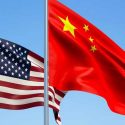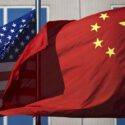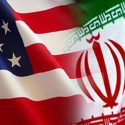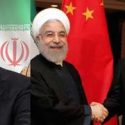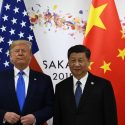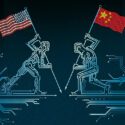New U.S. Law Targets China’s Financial Diplomacy, Belt & Road Initiative, World Bank Borrowing
With the passage of the NDAA for FY 2021, we are reminded that the United States views as an issue of “great power competition” China’s financial and infrastructure diplomacy, particularly China’s lending to developing nations and its Belt and Road Initiative (BRI). Congress provided a reminder of the United States’ concerns as to China’s cross-border lending and the BRI. The massive annual defense spending legislation includes two provisions directly on point.

